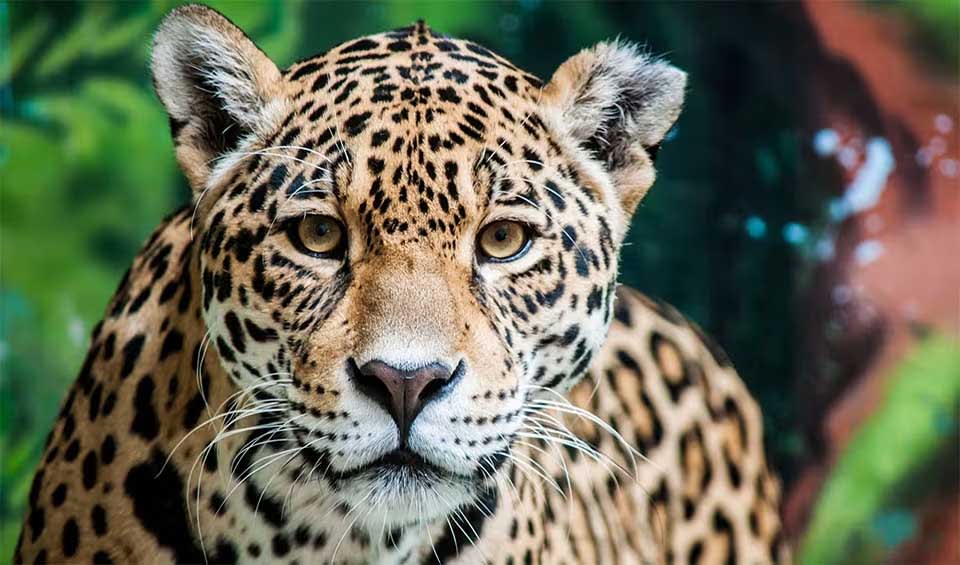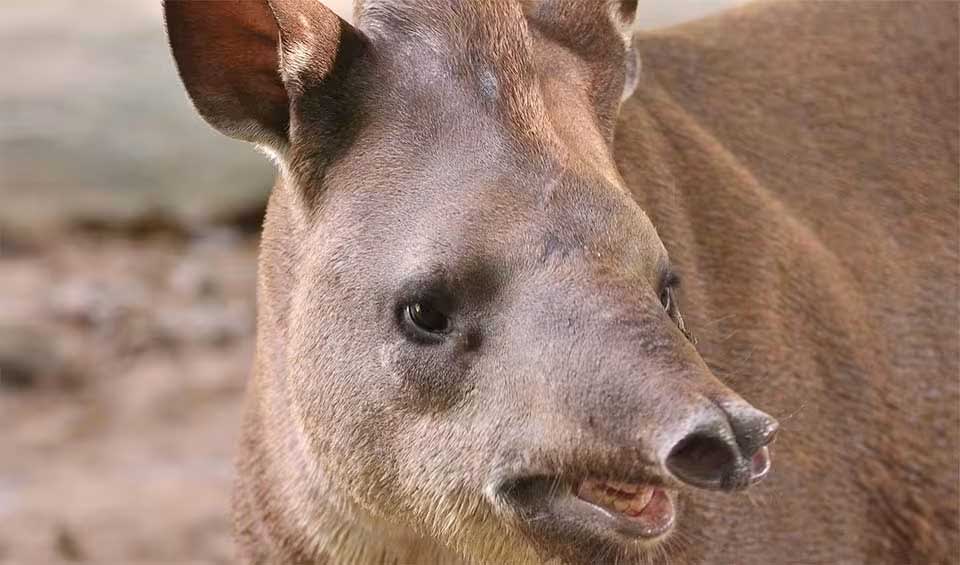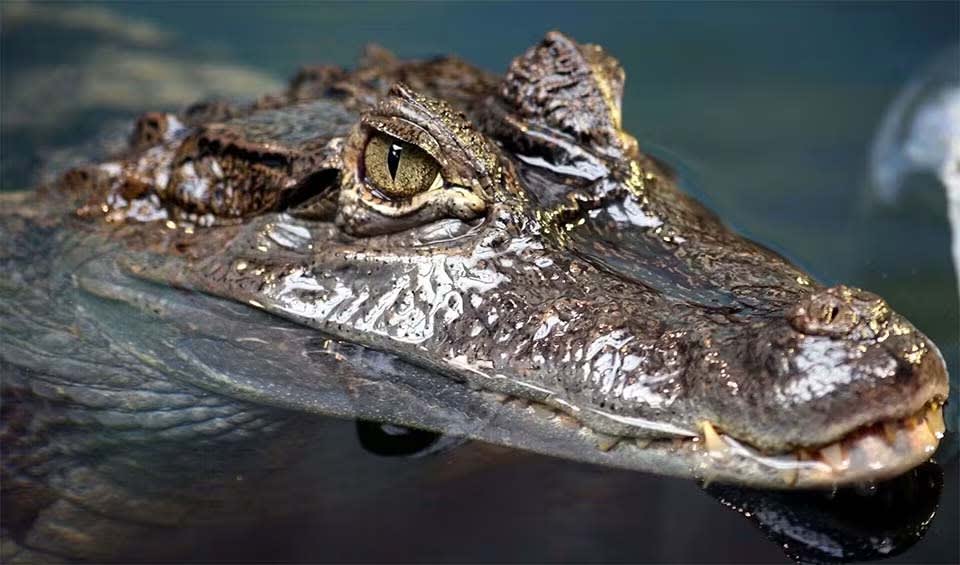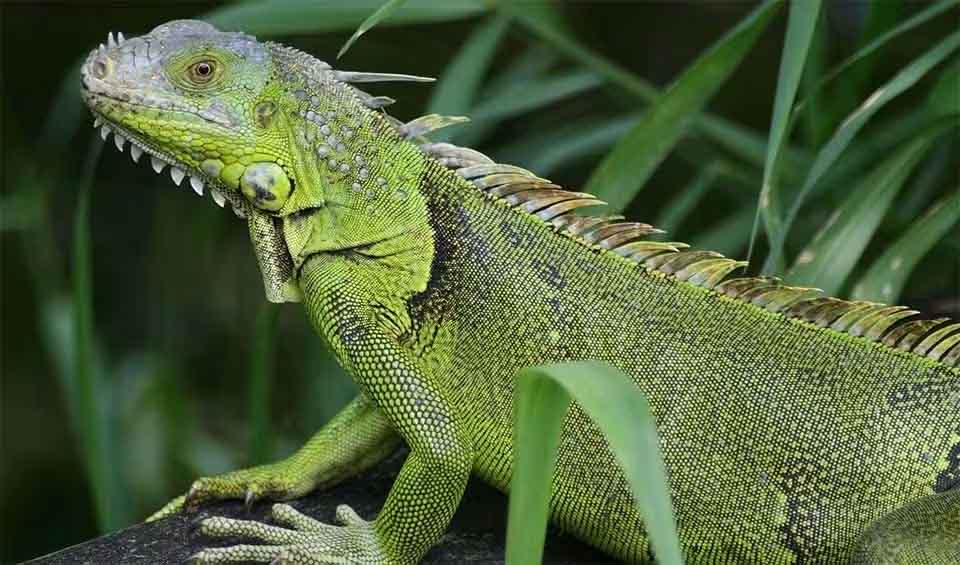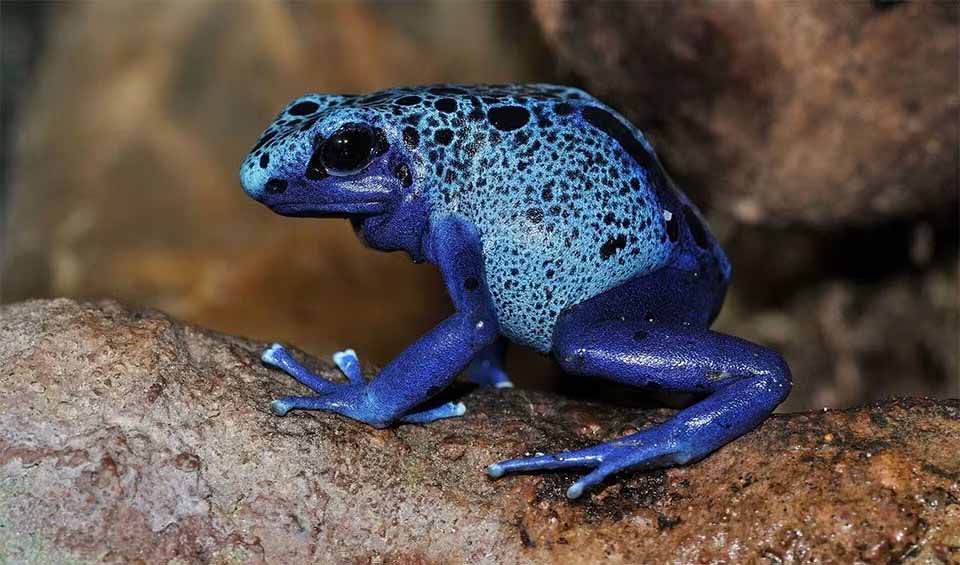From the tropical habitats to the lush green canopies of the Amazon, Brazil’s biodiversity carnival leaves everyone speechless! Topping the charts of 17 megadiverse countries, Brazil is the richest in biodiversity. This wide variety of life is spread across six distinct biomes: the Amazon (tropical rainforest), Atlantic Forest, Caatinga (dry scrubland), Cerrado (savanna), Pantanal (wetlands), and Pampa (grasslands).
The country has the highest number of plant species, half of which are found nowhere else. It also has the world’s greatest diversity of amphibians and primates, ranks second in mammals and reptiles, and third in birds. Additionally, it ranks sixth globally for endemic vertebrates. Combined, they are home to 70% of all plant and animal species on the globe, 20% of all biodiversity, and 60% of the Amazon rainforests.
Brazil ranks among the top ten in global GDP, yet faces pervasive social issues including racism, gender inequality, inadequate healthcare, and political corruption, leading to one of the highest levels of social inequality worldwide.
Four pillars elaborated:
Brazil is huge, ranking fifth globally with 8,515,770 km² (3,287,597 mi²). About one-third of its land is protected, with almost half of that dedicated to terrestrial Key Biodiversity Areas. These protected areas account for around 51.7% of Brazil’s ecological diversity. Land Management
Land Management
The Brazilian Blue Initiative covers a coastline of approximately 8500 km (5,282 miles), protecting nearly 1 million km² ( 386,102 mi²), including over 25% in marine protected areas (MPAs). Of these, 3.2% are highly protected, and more than 10% fall within the EEZ.
Brazil’s pesticide risk is moderate, and they manage crop yields and fertilizer application with a significant effort towards sustainable nitrogen management. As the second-largest meat producer globally, 85% of cattle farms operate on extensive pastures, causing major deforestation. Sadly, despite having the second-largest forest area in the world, the country experiences high levels of tree cover loss, placing it at 114th globally. The Biodiversity Habitat Index score of 54.20 indicates that habitat loss and damage are impacting the nation’s biodiversity.
Its species’ risk of extinction is comparatively low and stable, as indicated by the Red List Index (IUCN’s RLI), which has been stable at 0.9 since 2011. Roughly 305 birds, 97 mammals, and 57 amphibians in Brazil are classified as threatened species. Threats to Biodiversity
Threats to Biodiversity
70.3% of the habitats of Brazil’s species are found inside protected areas,
according to the country’s Species Protection Index (SPI) score. However, many marine populations are in trouble, with a score of 39.20 on Brazil’s Fish Stock Status, indicating overfishing or not managed well, which demands improved conservation strategies.
Increased ethanol demand and production have significantly reduced potential species richness in Brazilian biomes. The Cerrado is impacted over 20,000 km² (7,722 mi²), the Atlantic Forest over 15,000 km² (5,792 mi²), and the Pantanal almost 7,000 km² (2,703 mi²). In the Cerrado and Atlantic Forest, these land use changes led to more than a 50% loss in the Species Richness Index (SRI).
Brazil’s Ministry of Science, Technology, Innovation, and Communications takes a pioneering step towards capacity building with the launch of the Brazilian Biodiversity Information System, backed by UN Environment and the Global Environment Facility. Introduced in November 2014, this innovative digital repository aggregates knowledge from over 230 institutions, establishing a new standard in global collaboration. Capacity and Governance
Capacity and Governance
Protecting the Brazilian Amazon is crucial for global biodiversity and climate change mitigation, but currently, these conservation expenditures are unclear. Brazil’s assessment of government spending for biodiversity (covering only central, state, and municipal governments plus private sector contributions), totals around $9.00562 billion in 2010. Interestingly, recent research suggests conserving ~80% of the Amazon would cost USD 1.7-2.8 billion annually, plus an initial investment of USD 1.0-1.6 billion. However, the 2023 federal budget was slashed to only $0.698 million, significantly less than needed. Urgent action is required due to declining ecosystem resilience.
Brazil’s National Biodiversity Strategy and Action Plan (NBSAP) is an all-around futuristic approach aimed at conserving biodiversity and ensuring equitable benefit-sharing, while also respecting traditional knowledge and promoting gender equality. The strategies involve- addressing the root causes of biodiversity loss, reducing direct pressures on biodiversity, protecting ecosystems and genetic diversity, and enhancing the benefits derived from biodiversity and ecosystem services. Enhancing implementation via knowledge management, capacity building, and participatory planning is also suggested. Future Trends
Future Trends
Brazil’s recent joining of BIOFIN aims to systematically monitor government expenditures on biodiversity to identify gaps and propose innovative financing mechanisms for biodiversity conservation and sustainable use. By reducing government expenditures, an assessment will be conducted to determine the financing needs to achieve national biodiversity targets, forming the basis for a Resource Mobilization Plan.
Biodiversity
Brazil holds the title of the most biologically diverse country globally, ranking first among the world’s 17 megadiverse countries and second to Indonesia in species endemism. It features two significant biodiversity hotspots—the Atlantic Forest and the Cerrado—along with six terrestrial biomes and three extensive marine ecosystems. The country is home to at least 103,870 animal species and 43,020 plant species, accounting for 70% of all catalogued animal and plant species worldwide.Brazil is estimated to contain 15-20% of the world’s biological diversity, boasting the highest number of endemic species globally. Each year, the biodiversity of Brazil expands further, with approximately 700 new animal species being discovered annually. Additionally, Brazil encompasses the largest continuous stretch of mangroves globally, covering 1.3 million hectares (13,000 km²), and possesses the unique reef environments of the South Atlantic, which stretch over 3,000 km (1,864 miles) along the northeastern coast.
In the table below are the number of known species in several main groups, how many of these species are Threatened with extinction, and how many of them are Endemic (unique to Brazil only):
| Species (World rank) |
Threatened | % Threatened | Endemic | % Endemic | |
|---|---|---|---|---|---|
| Mammals | 779 (#2) | 80 | 10.3% | 256 | 32.9% |
| Birds | 1,816 (#3) | 145 | 8.0% | 258 | 14.2% |
| Reptiles | 878 (#4) | 29 | 3.3% | 325 | 37.0% |
| Amphibians | 1,183 (#1) | 189 | 16.0% | 849 | 71.8% |
| Fishes | 4,883 (#3) | 393 | 8.0% | 404 | 8.3% |
| Plants | 46,900 (#2) | 558 | 1.2% | 25,000 | 53.3% |
mammals
Jaguar
This solitary cat is America’s largest feline and the world’s third, after the tiger and the lion
Brazilian tapir
Flee and dive into the water when facing a predator and remain deep under the water until the predator leaves
Capybara
Communicate using various vocalizations such as whistles, whinnies, and growls
birds
Wattled curassow
Frequently detected through their vocalizations rather than being visually observed
Red-breasted toucan
A small beaked toucan that looks like it came straight from a Halloween party
Blue-and-yellow macaw
The pale yet gorgeous face blushes when this bird is excited, revealing a sensitive and soft heart
reptiles
Spectacled caiman
You might get the worst scare of your life if you see the crimson glow in the eyes of these creatures at night
Green anaconda
When most people say anaconda, they mean the green anaconda, the largest of all snakes!
Green iguana
From the US down to Brazil, this trans-American lizard is the most common iguana
amphibians
Brazil-nut poison frog
Named for its habitat in the Brazil nut tree forests of the Amazon
Blue poison dart frog
“The jewels of the rainforest”
Mission golden-eyed tree frog
Golden-eyed frog, Panda treefrog, Blue-milk frog -so many cute names for such a poisonous animal!
National Animals
Rufous-bellied thrush
Its song is often associated with the arrival of spring and is a symbol of joy and renewal
